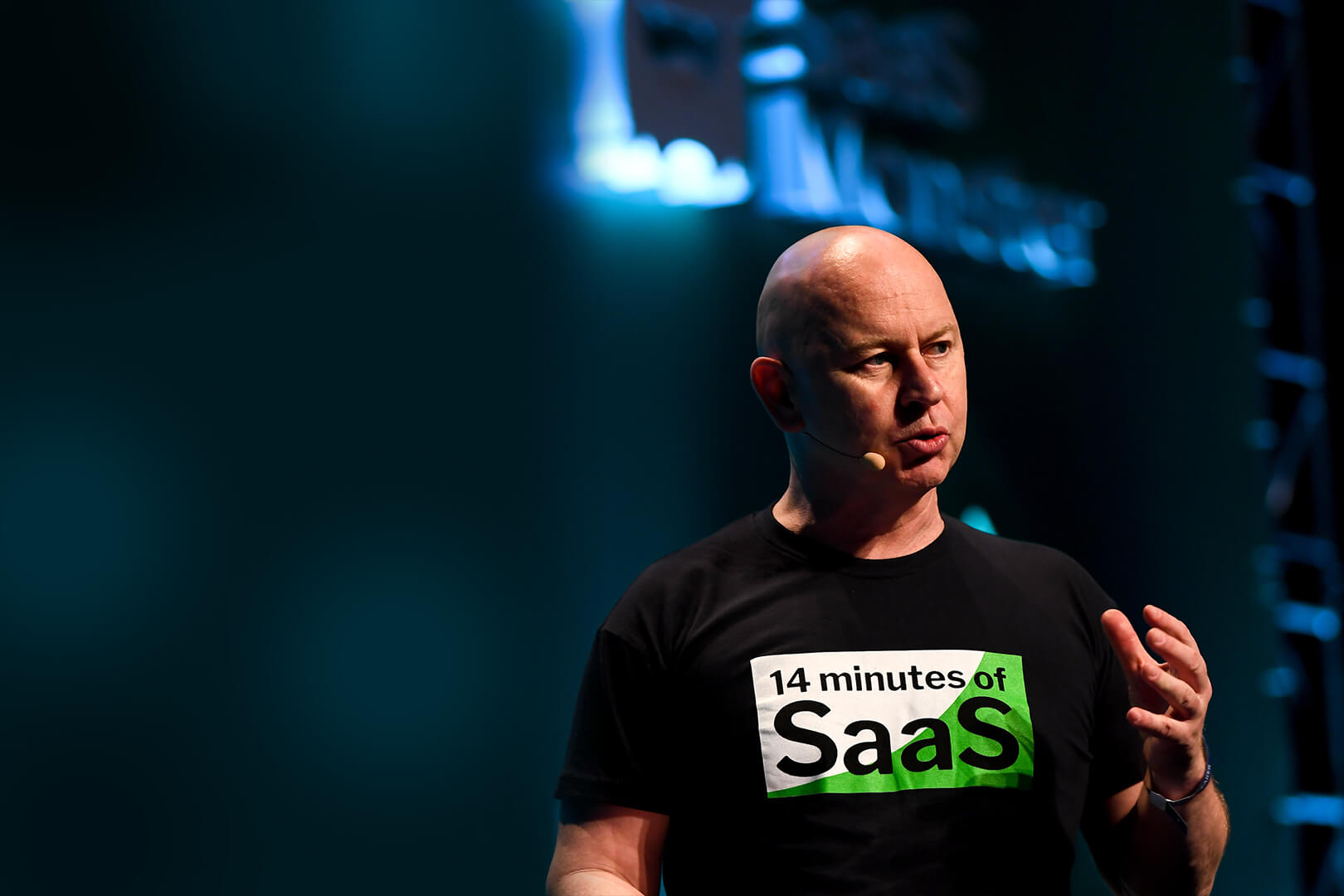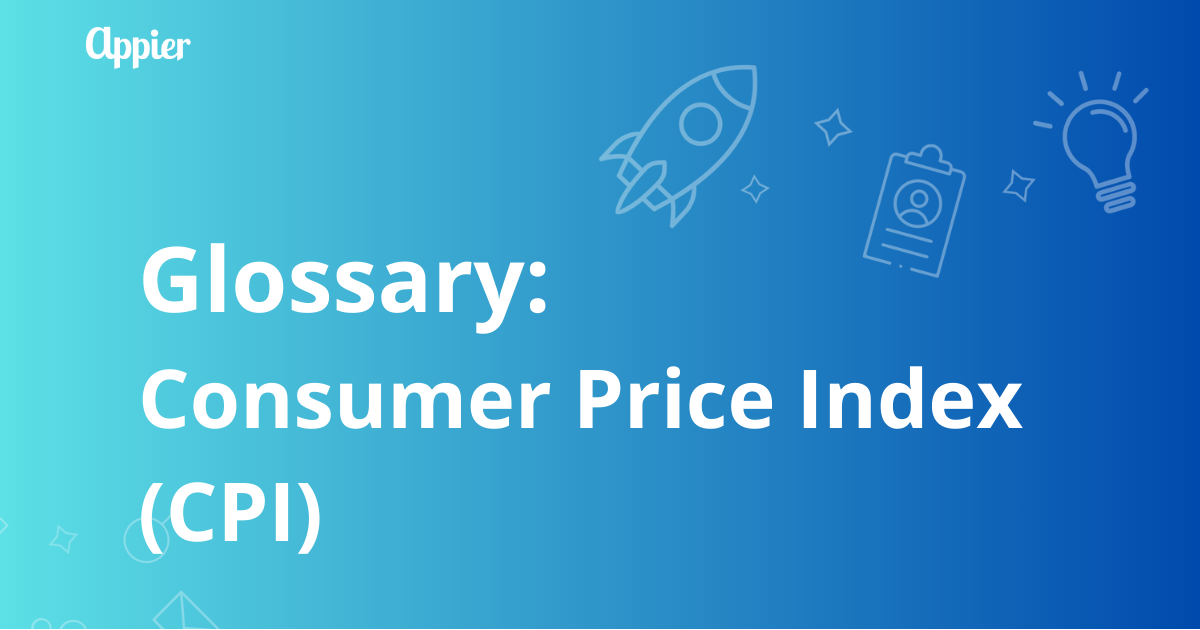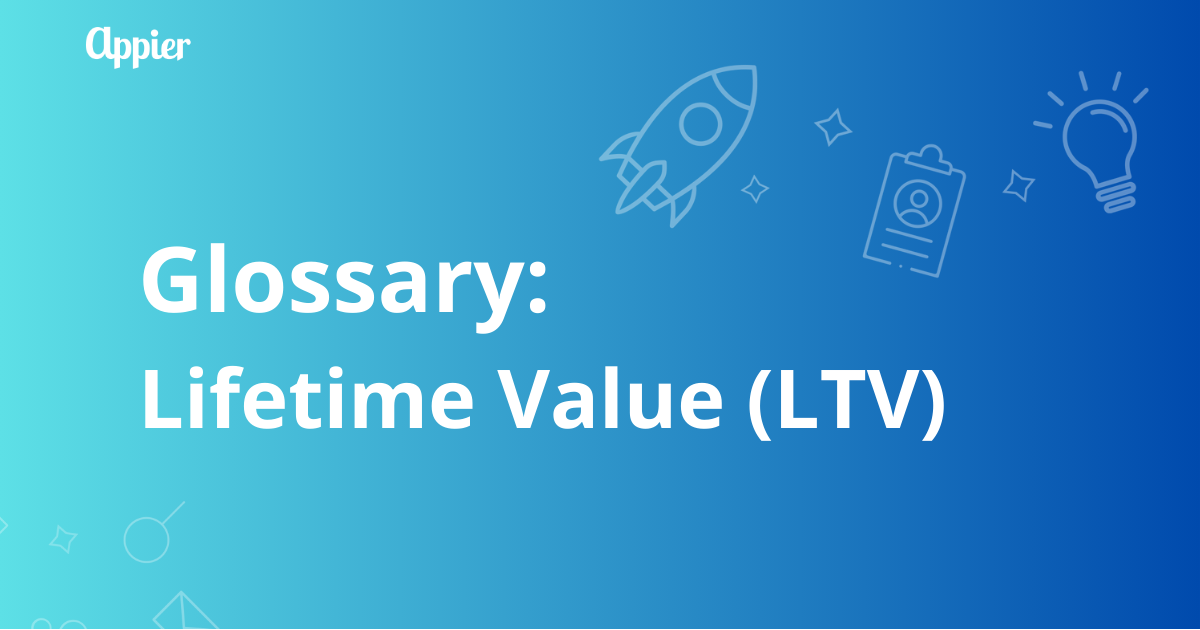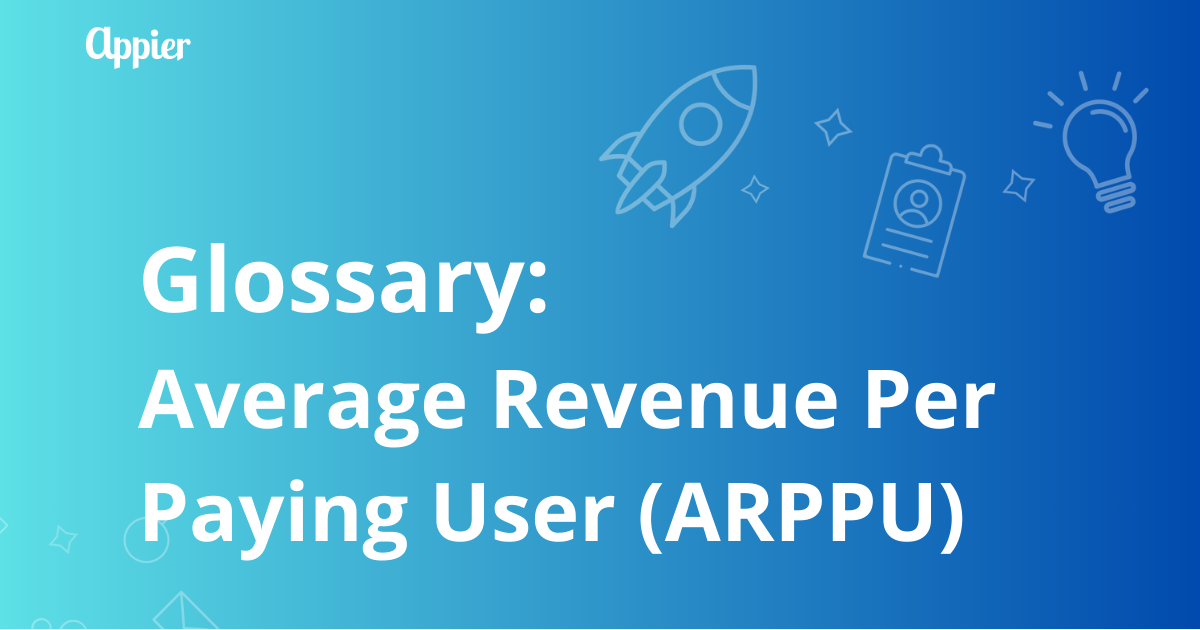7 min read
We recently spoke to Stephen Cummins , CEO and Founder of SaaS & Media agency AppSelekt, on the developments of SaaS and AIaaS, and the best way for enterprises to successfully equip themselves with AI technology.
You’re an expert in SaaS technology and have watched organizations globally adopt it to improve their efficiency and drive business growth. Do you see any differences in how different parts of the world have adopted and adapted SaaS over the years?
Yes, however they are not altogether unpredictable. Among major economies, the US still leads adoption of SaaS tech and is the main player in supplying successful tech and business models. It has a huge ready-made, relatively homogenous domestic market where it can develop product market fit, and then business market fit with fewer restrictions and complexity than are found elsewhere. However, a lot of the innovation comes from outside - especially from Europe and Asia.. If I take Ireland as a small example, it’s well known for being an attractive EMEA hub for multinational corporates. If we take this as a microcosm, in that small country alone the founders of Stripe and Intercom were produced, but they incorporated in San Francisco. Equally a lot of the innovation in the early days for Workday (core tech and UX) and Salesforce (concept of the CSM) came from Dublin.
What are some specific observations you’ve made, especially during your time with major players like Salesforce at pivotal times?
The 1 st CSM team in the world of SaaS came from Salesforce Dublin. There were 3 of us. And even before that I was in the training department and delivering some projects for EMEA (we were that small). It was during these earlier years there, living on a plane, and entering different companies from all over Europe and beyond sometimes, that I really experienced how different countries were responding to rolling out this new frontier of SaaS.
Due to my language skills, I looked after all of continental Europe and could see that the UK and Ireland were adopting SaaS technologies faster than the rest of Europe. That’s attributable to US companies setting up inside less unfamiliar cultural and linguistic environments. Language also plays a role in continental Europe, with Benelux and Scandinavia traditionally amongst the earlier adopters. Traditionally, some of these countries also liked to purchase SaaS from offices in their own countries, but that need is diminishing, especially because of the ‘new normal’ of remote-first business.
These days, size of and proximity to big, relatively homogenous markets is no longer everything. Companies are able to find people who have scaled other SaaS entities into the complex mix of markets and cultures that Europe and Asia represent.
Asia has excelled in e-commerce, robotics, and AI. It has been very strong in digital transformation in the B2C domain in general, but has been a bit slower with regard to B2B SaaS (especially B2B2B) until recently.
The gap is set to narrow at an unprecedented rate. We will see more investments in Europe and Asia, and government’s will make their countries increasingly attractive for investment in B2B SaaS. As associated skill levels augment and adoption of better processes and smarter tech for remote collaboration inexorably rises, B2B SaaS will be adopted and adapted more efficiently in all major economies. The gap will narrow faster than ever before.
US companies should embrace this. Data shows that those who focused on European, Asian and other international markets earlier grew an average of 5% per annum faster than those who stayed in their comfort zone and derived most of their revenue from North America. I’m specifically referencing the S&P 500 index. The 250 that internationalised earlier. 5% per annum is a 63% differential in growth rates if we compound that growth rate over a decade. Given that the average lifespan of a company in the S&P 500 has reduced to 15 years, these differences are potentially existential. When I delivered a keynote for the SaaS Monster stage the last time Collision was in New Orleans, I urged US companies attending to internationalise earlier. That need to internationalise earlier is stronger than ever today for SaaS companies. If a SaaS company is going to try and dominate a sub-category, it needs to become ‘glocal’ (thinking globally, but acting locally) as quickly as possible. And there’s whole business models built around empowering that. Paddle’s CEO Christian Owens gave a brilliant talk on this topic in SaaStock EMEA recently. It is becoming easier to scale internationally.
As you’ve watched SaaS evolve, how have you seen AI technology become part of it? Is SaaS different from AIaaS, for example?
Artificial-Intelligence-as-a-Service (AIaaS) is a sophisticated subset of SaaS. The growth of AIaaS is being accelerated by other technologies that allow NLP to be applied to even more data – from chatbots to voice user interfaces, human interactions with machines are increasing every day. All this new data is accelerating the demand for AI to extract more value and empower better decision making.
What’s the best way for enterprises to successfully equip themselves with AI technology?
The best way for enterprises to be AI empowered is through AIaaS. Just as with traditional SaaS, companies don’t want to invest in hardware and on-premise software that requires an army of engineers and data scientists to maintain. They want access to this technology via the cloud for all the same reasons that companies have moved in droves to traditional SaaS. And AI brings another factor into play. Energy consumption. AI crunches and processes tons of data. The most efficient way to access AI is via the cloud. The energy factor will be several orders of magnitude more important in a decade when even the most empowered environmental crisis deniers will find it very hard to be taken seriously. I’m personally far more interested in the evolution of AIaaS than a technology like Blockchain (and especially the subset of its applications relating to cryptocurrencies), because they’re at opposite ends of the spectrum in terms of environmental impact. Moreover, referring to crypto specifically, I associate AIaaS with productivity and better decision making. The future may tell a different story, but hitherto I relate crypto to unhealthy speculation, an unwelcome addition to global warming, and the dark web. For me, it’s not about how interesting or lucrative a technology is, rather the amount of positive value most of its applications can inject into the world.
B2B SaaS creates vast amounts of structured data. The digital world we are all connected into today is creating oceans of unstructured data too. The rise of machine learning technologies and vast improvements in natural language processing is empowering ever increasing abilities to harness AI for smarter, faster decision making. The biggest players know this. Google, Facebook, Microsoft, IBM, Salesforce and many other tech giants have made huge bets in the space. IBM’s Watson is remarkably advanced regarding NLP. IBM may not have adjusted to SaaS as quickly as Microsoft (for example), but any company strong in AI with a huge focus on inventiveness as well as market innovation, will play a part in the future of SaaS.
Where are you seeing the best innovative use cases of AI?
A lot of the best innovation is coming from companies dedicated to specific use cases and business models centred on AI. Appier is one of them. Any entity that can empower its customers to ratchet up the speed of decision making of buyers online and/or improve win-rates (while effectively learning and improving with AI) is going to thrive. This trend is only augmented and accelerated by the changes over the last 7 or 8 months. Investors and entrepreneurs alike see AI as a huge long term play. Every second early-stage SaaS pitch to investors contains an AI-driven element as part of their long-term vision. It’s the companies that are situated somewhere between the deep fundamental research in AI being carried out by Google and IBM, and startups imagineering fantastic future business models, that iteratively drive AIaaS forward. These companies are empowering other companies to get their feet wet and access the power of AI via AIaaS. And they learn from their customers' successes, setbacks, and new use cases all the time. It’s a virtuous cycle. Appier is certainly one of those companies today.
Stephen Cummins is the CEO & founder of SaaS & Media agency AppSelekt. He’s the producer and interviewer for the popular 14 Minutes of SaaS podcast, which focuses on the person behind the founder. He heads up media for SaaStock, where he also MCs its larger events and advises on all aspects of its pivot to recurring revenue models, as well as aspects of community build and communications. He has 18 years of experience in a variety of business and technical roles in SaaS, a decade of that in Salesforce from its start-up days. He was part of the first CSM team in any industry globally (it all started with three people in Salesforce’s Dublin office). Stephen has scaled two of the largest global SaaS groups on LinkedIn. He also keynotes at many of the world’s most important technology events. Prior to entering software, he was a scientist across three different domains - industrial chemistry, biotechnology, and molecular biology.
* Read more from our “Ask the Experts” series, and see what we have discussed with other thought leaders about AI, digital marketing, data, technology, and more.



